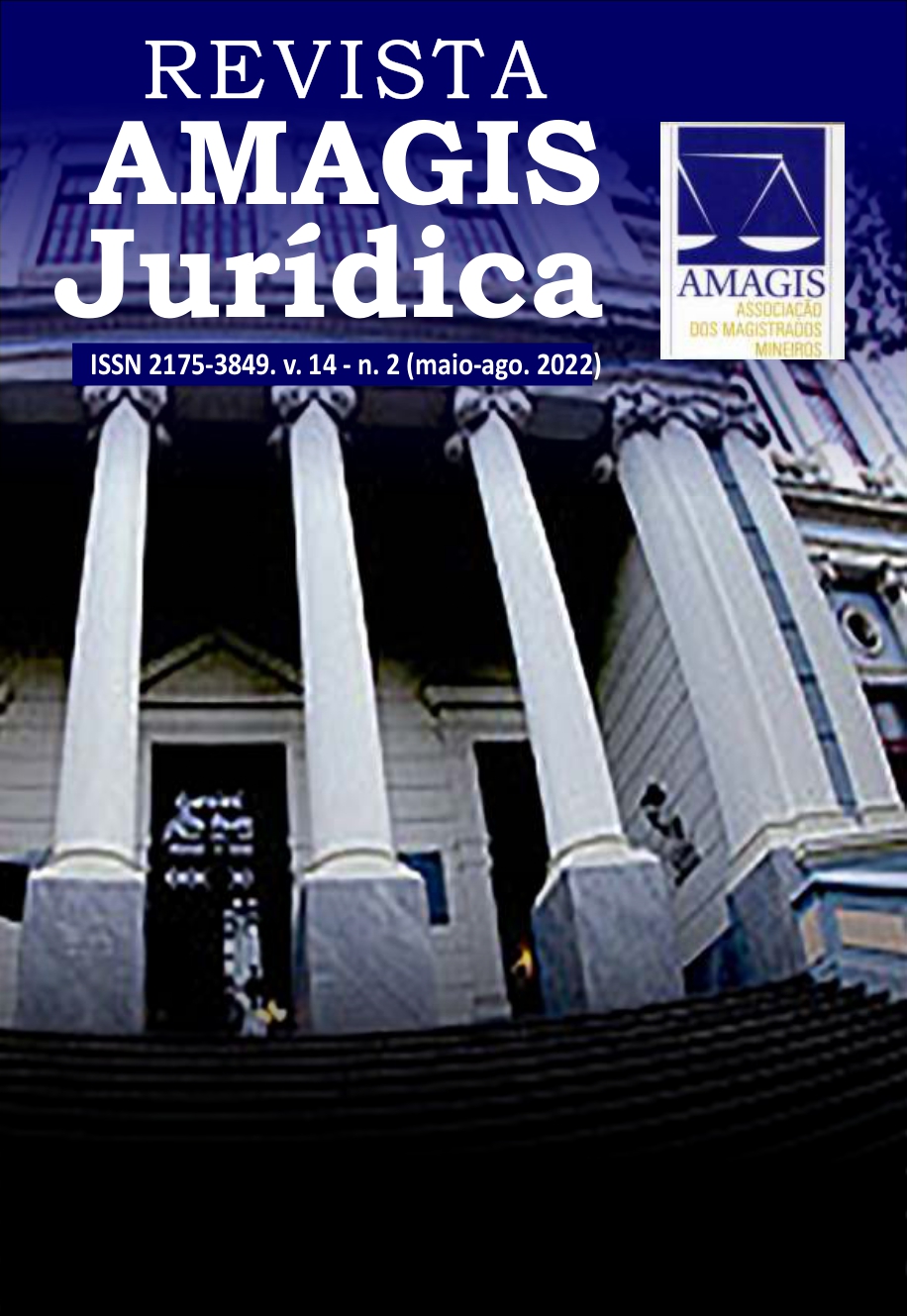Legal Models of Flow and Control in Question
Resumo
The geophysical displacement of goods and of persons raises many questions for the law. These are often difficult questions. There are two reasons for this. First, it can be said that the law involves creating stasis. It approaches all kinds of realities by endeavouring to squeeze them into legal categories to which distinct and, if possible, predictable legal regimes are then assigned. There is nothing trivial about such an approach. Creating stasis from movement is no mean feat. Second, the law never develops just one point of view on the things it tackles. It is not a monolithic, universal and permanent discipline. It varies from one area to the next, and from one place or epoch to the next. And the focus of this essay exacerbates this composite and evolving state for one well-established reason: the celebrated theory that tells us that movement is relative. Depending on one’s perspective, it can be described in totally different ways (for an outreach presentation of this theory, see: TOLMAN, 2010). And so it is difficult to talk about it univocally.



